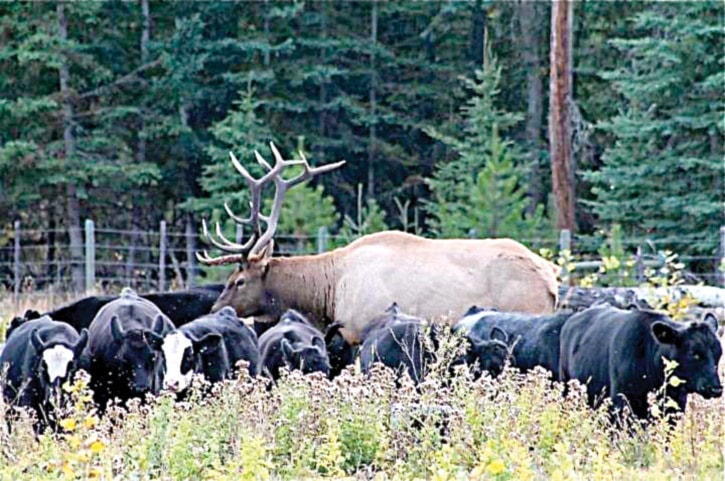The government is looking for input from local public stakeholders to help develop an Elk Management Plan for the Cariboo Region.
Once the dominant large ungulate species in Cariboo-Chilcotin ecosystems, the elk population declined sharply about 125 years ago. However, a natural unassisted recovery is underway that could provide opportunities to rebuild economic and traditional uses of elk, according to Harry Jennings of the Ministry of Forests, Lands and Natural Resource Operations, Cariboo Region.
Jennings said his ministry, along with the Ministry of Agriculture, is now gathering ideas and evaluations on proposed elk management strategies that will attempt to balance conservation needs with a broad range of ecological, economic and social considerations.
“An increased elk population may cause human-elk conflicts, including crop degradation, potential aggressive encounters, and risk of elk-vehicle collisions,” Jennings stated in a news release.
Members of the public are invited to review the proposed elk objectives and management options and provide their comments to ministry staff. The feedback gathered will be used to inform further consultations with stakeholders in early fall 2014.
Copies of the Basic Elk Ecology and Population Status bulletin are available at: http://www.env.gov.bc.ca/fw/public-consultation/elk/ or from the Cariboo Region, Cariboo-Chilcotin District office.
Feedback can be submitted by e-mail to Harry.Jennings@gov.bc.ca or by ground mail the local ministry.
Historically, elk ranged across much of the grasslands and forests of the Cariboo Region from the Fraser River west to Choelquiot Lake and Anahim Lake, south to the Chilcotin River and Meldrum Creek areas, and east to Canim Lake and Mahood Lake.
Over the past 15 years, the local elk population has increased to more than 300, with the majority of these elk now located in the Quesnel area.
